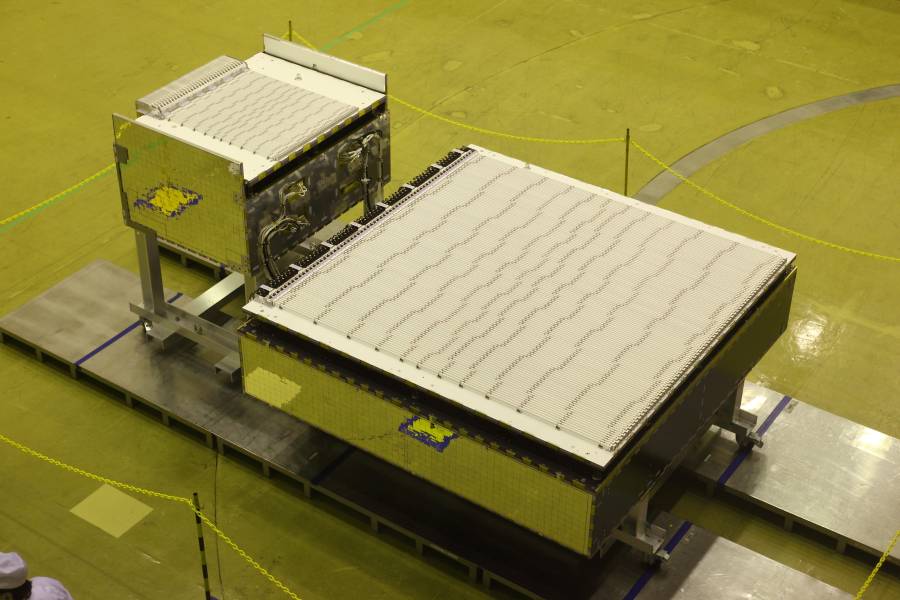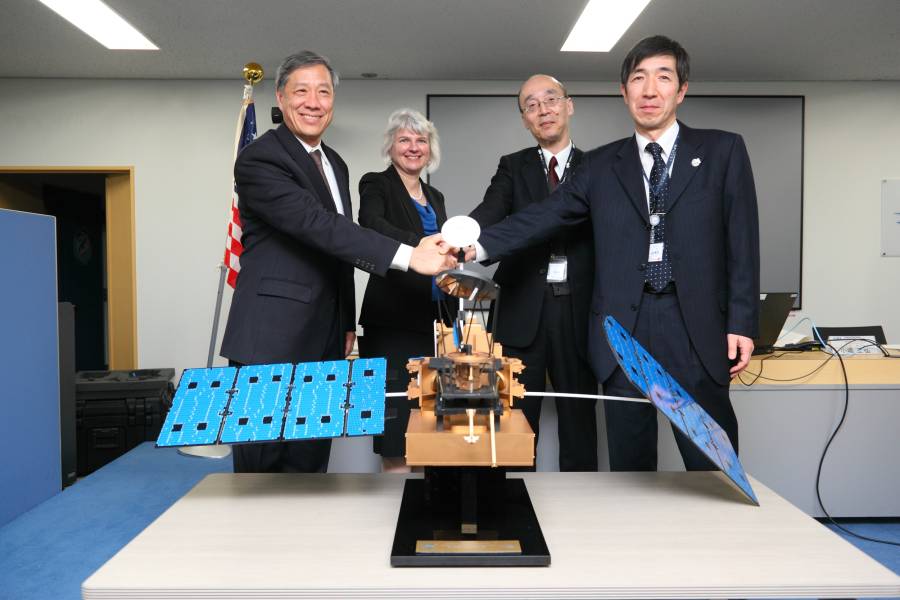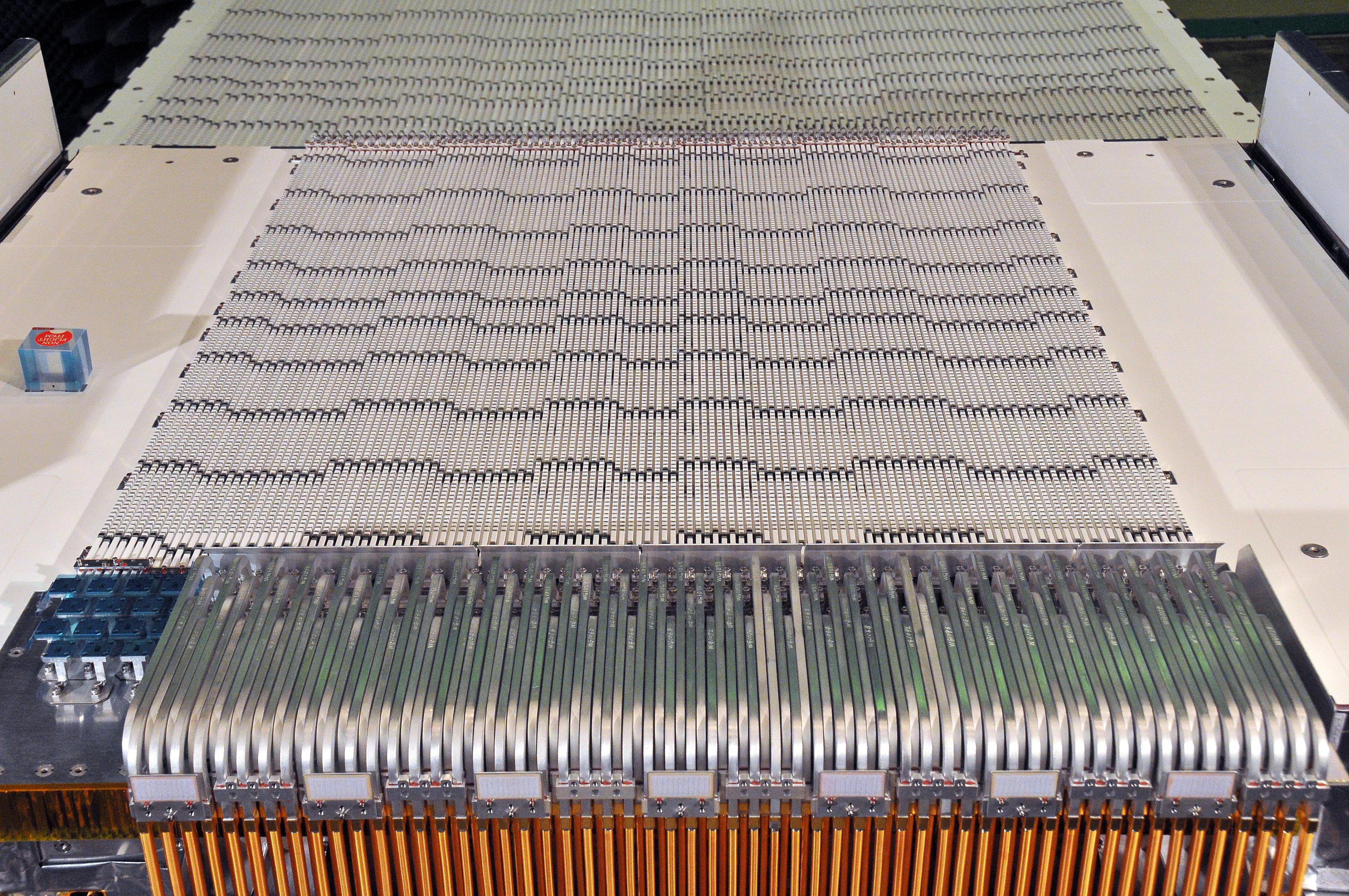Overhead view of the DPR at JAXA

Image Caption
GPM's Dual-frequency Precipitation Radar, completed and ready for shipment from JAXA to NASA.


They are standing in front of a model of the GPM Core Observatory.
From left to right:

From left to right:


The DPR was built at JAXA and is being transported to NASA Goddard Space Flight Center for integration onto the GPM Core Observatory.